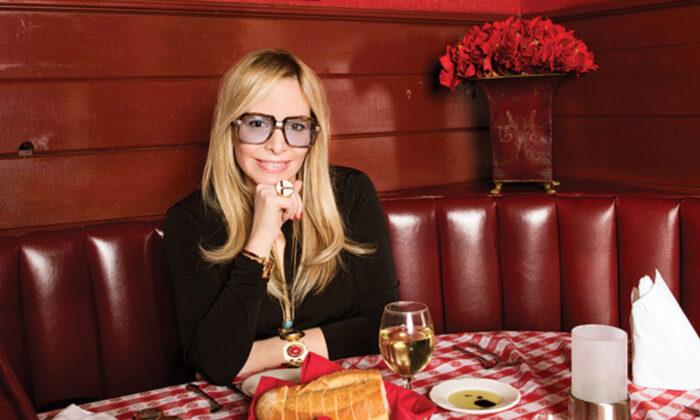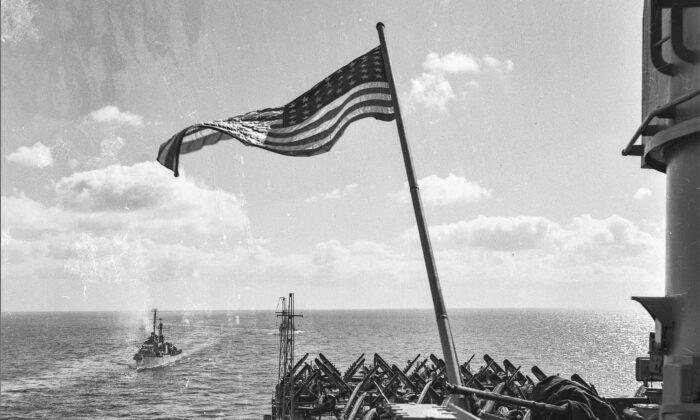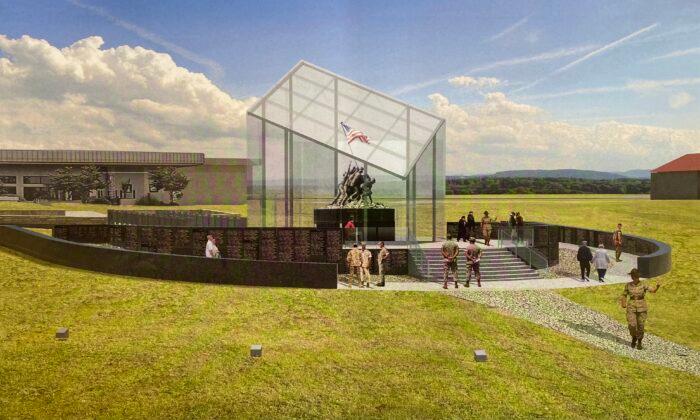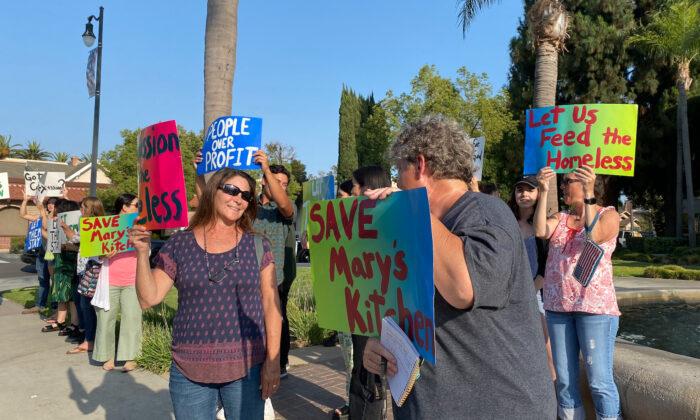“It’s like an online history book, and it’s told by the people that contribute stories every day,” Martino told The Epoch Times. “I’m documenting history online, that’s there forever.”
“My page is more storytelling. I’ll give a background on a photograph, or I'll tell a story about a place I was at, and then I just sort of let the community take over,” she said.
On a typical day, Martino said she wakes up to thousands of notifications. One post can generate hundreds of comments from people suddenly inspired to take a trip down memory lane. They may recall a restaurant in the photo, remember visiting a specific building, or even meeting their significant others at one of the places.
Always a Story
Martino—who is also a television producer, documentarian, and columnist for Los Angeles magazine—founded Vintage Los Angeles in 2010. She said her goal is to preserve the memory of the entire city of Los Angeles, not just Hollywood.“There’s a reason I called it Vintage Los Angeles, not Vintage Hollywood. I wanted it to be more about the people who grew up here and their personal stories,” she said.
Since then, she’s become a renowned chronicler of local history—“I’ve built quite a database in my head,” she said with a laugh—but constantly learns more about the city by encouraging people to participate.
“I can Google something forever and hit a dead end,” she said. If she can’t figure out who designed a building or what years it existed, she asks the community; within 10 minutes, somebody will answer, she said, often with firsthand knowledge.
“It’s astonishing,” she said. “Someone on there is going to have the answers to what you’re looking for.”
A Personal Museum
Martino has been collecting souvenirs, pictures, mementos, and memorabilia since she was 14 years old. She calls herself a hunter who digs deep for artifacts connected to old show business, pop culture, and history.She has thousands of vintage restaurant menus, thousands of postcards, and hundreds of ashtrays. Over the course of many decades, she has amassed several thousand matchbooks—a collection she is “absolutely obsessed with.”
“I have a real affection for collecting artifacts from L.A.,” she said. “I’m a hardcore collector.”
Some of her prized possessions include an original mug used by Johnny Carson on “The Tonight Show”; a “Valley of the Dolls” soundtrack record signed by Sharon Tate, Patty Duke, and Barbara Perkins; and a Space Age stereo that General Electric presented to entertainer Sammy Davis Jr.
“I love that stereo,” Martino said, beaming. “I play it every day. It actually works.”
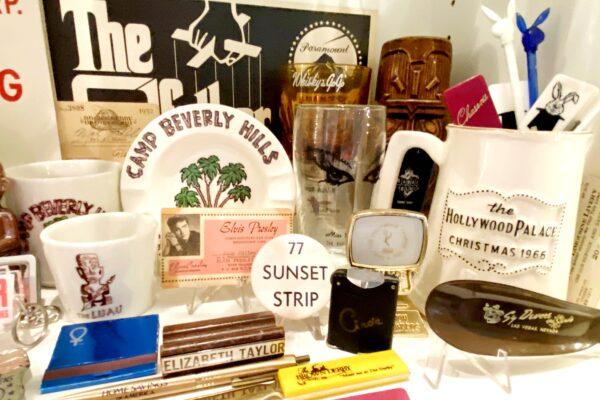
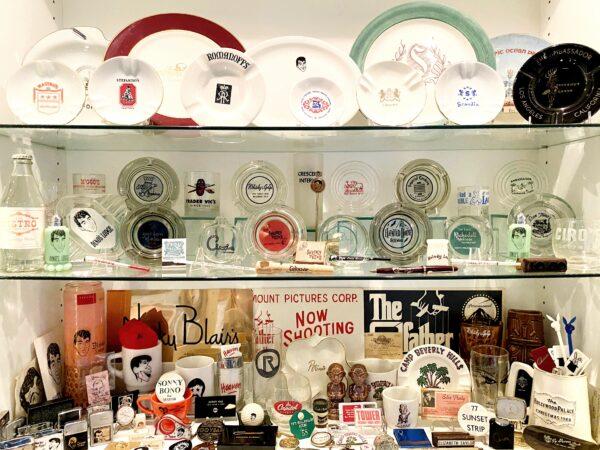
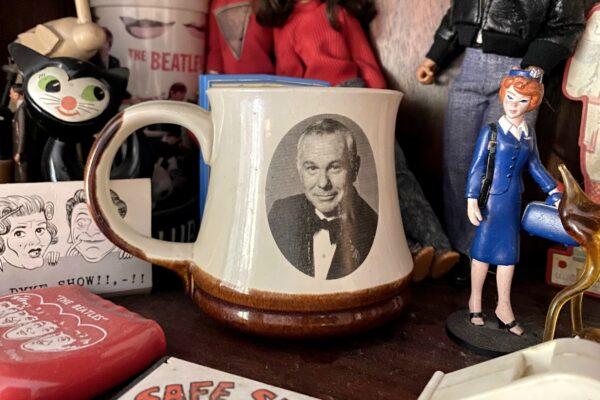
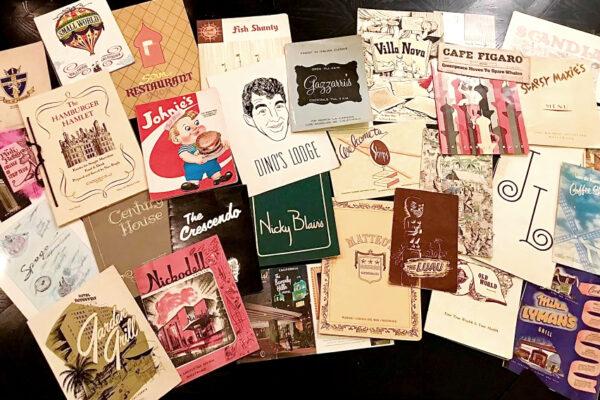
Luckily, she has enough wall space to display her collection.
“People say, ‘Oh, I bet if I come to your house, I’m going to be stepping over things.’ Nope! Everything looks like a museum. … I present it in a way that’s almost like a museum-style, I guess.”
Though she has toyed with the idea of donating her collection for a temporary exhibit at The Hollywood Museum, she’s not quite ready to part with it.
Born Into Show Business
Martino was born in Hollywood in 1970 and spent her entire childhood in Beverly Hills—at the time a smaller, less hectic neighborhood that just happened to be populated with Hollywood legends, she said.It wasn’t uncommon to run into Fred Astaire at the post office, or catch a glimpse of Jack Lemmon buying ice cream at Thrifty Ice Cream. She’d see Doris Day riding her bike regularly, and Natalie Wood shopping for her children at a clothing store.
“We didn’t ask for autographs. We didn’t ask for pictures. It wasn’t like, ‘Oh my gosh, I gotta get this on Instagram and get a lot of likes.’ It was different,” she said.
Alison often accompanied him on tours; she said she basically grew up in nightclubs in Las Vegas, Atlantic City, and Reno, where comedians such as Don Rickles, George Carlin, Shecky Greene, and Buddy Hackett opened for her father.
“I knew all these names that are no longer with us,” she said. “I mean, Shecky is, thank God, but many of them are gone. And I like to preserve their legacy on my Vintage L.A. page by bringing them up quite often to keep their memories alive.”
Even though her father wasn’t an actor, he played a pivotal role in one of the most famous movies ever made: “The Godfather.”
According to Alison, Phyllis McGuire, a member of the pop music trio The McGuire Sisters, got hold of an early version of the movie’s screenplay while she was dating Sam Giancana, a notorious mob boss for the Chicago Outfit crime organization in the ‘50s and ‘60s. When McGuire read the script, she contacted Al Martino and said the part of Johnny Fontane—a singer based on several Italian-American crooners, including Frank Sinatra—was perfect for him.
Martino knew the film’s producer, Albert S. Ruddy; he gave him a call and nabbed the part. Alison said her father was one of the first people attached to the movie, even preceding director Francis Ford Coppola.
“Even though my dad told me this my whole life, after he passed away, I wanted it verified,” Alison said. “So I had a lunch with Bob Evans [head of Paramount Pictures from 1967 to 1974] and a lunch with Al Ruddy, who both told me the exact same story verbatim.”
She still has her father’s copy of “The Godfather” screenplay.
“That’s probably my rarest piece of memorabilia,” she said. “Plus, it’s a personal item from my family.”
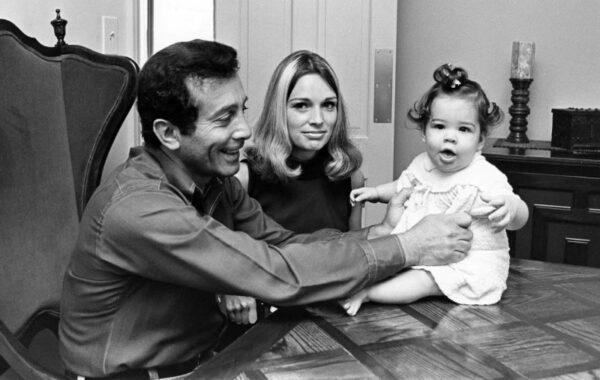
‘Architectural Nervous Breakdown’
Martino said she’s particularly drawn to color images from the ‘60s that capture buildings and cars painted psychedelic colors.“It’s kind of fun to see how colorful the city was at one point. Now today, everything’s sort of bland,” she said.
Though Martino said she doesn’t like to “put down the city,” she’s critical of how the buildings and structures have changed aesthetically—giving extra meaning to her quest for color photos from 50 years ago.
“I feel we’re stripping away the charm and the character of what L.A. … originally had,” she said. “All the original structures are coming down, and we’re not going to recognize where we are. I don’t remember it ever being [as] bad as it is now.”
She said the redevelopment trend began when a slew of 1920s-era Spanish duplexes started coming down in the late ‘70s. Since then, she’s seen brightly colored one- and two-story buildings gradually replaced by large coal-colored buildings that block out the sky.
“I always say that L.A. is suffering from an architectural nervous breakdown because we’re losing a lot of its original architecture. Charming old Spanish duplexes are being replaced with cheap concrete blocks with a lot of glass that have zero character. Some of this new development looks like communist housing,” she said.
“I understand there will always be new buildings, but they should blend in with their environment: Art Deco, Spanish Revival, something that says ‘Los Angeles.’ Why would anyone even want to visit Hollywood or Los Angeles if every vestige of its once rich, unique, and colorful history has been, or will be, destroyed? There needs to be a balance.”
“He’d be rolling in his grave,” Martino said.
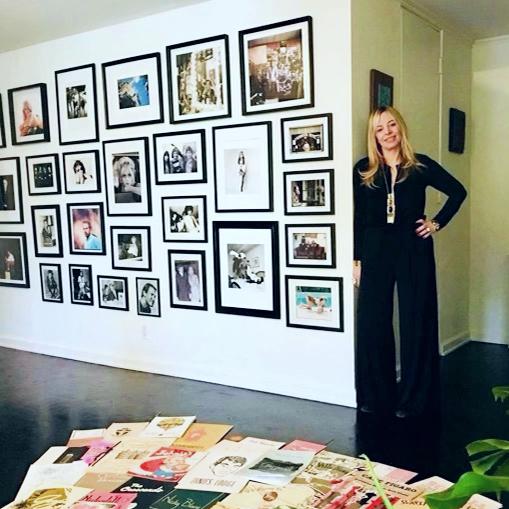
Preserving the Past
Martino’s role in the Vintage Los Angeles community intersects perfectly with her passions and life experience.“I understand this town, growing up here,” she said. “It’s like everything’s a movie set: things come up and things come down.”
The group’s members have the chance to grieve together when certain locations come to an end—something that’s happening with alarming frequency across the city, she said.
“What I think is important about the online community is expressing our feelings about buildings that are coming down, and how they could be incorporated into a new business rather than just tearing down the history,” she said. “But if the history isn’t available for developers to see, they might not know what they’re tearing down.”
“Don’t people come to L.A. and Hollywood to see things like that? But no, they leveled it and demolished it. That’s the painful part of doing what I do—actually watching destruction and bulldozers when something could have definitely been saved.”
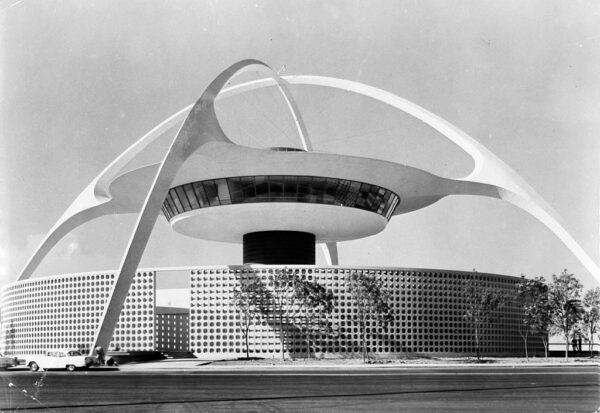
Knowing Our History
Martino remains hopeful: Many historic buildings remain intact.“That’s why I think the Vintage L.A. page is so important, to just keep talking about history. We have to know our history in order to move forward,” Martino said.
“It’s never been about what was better then versus now. Let’s just learn about where we live. Let’s learn our history.”
